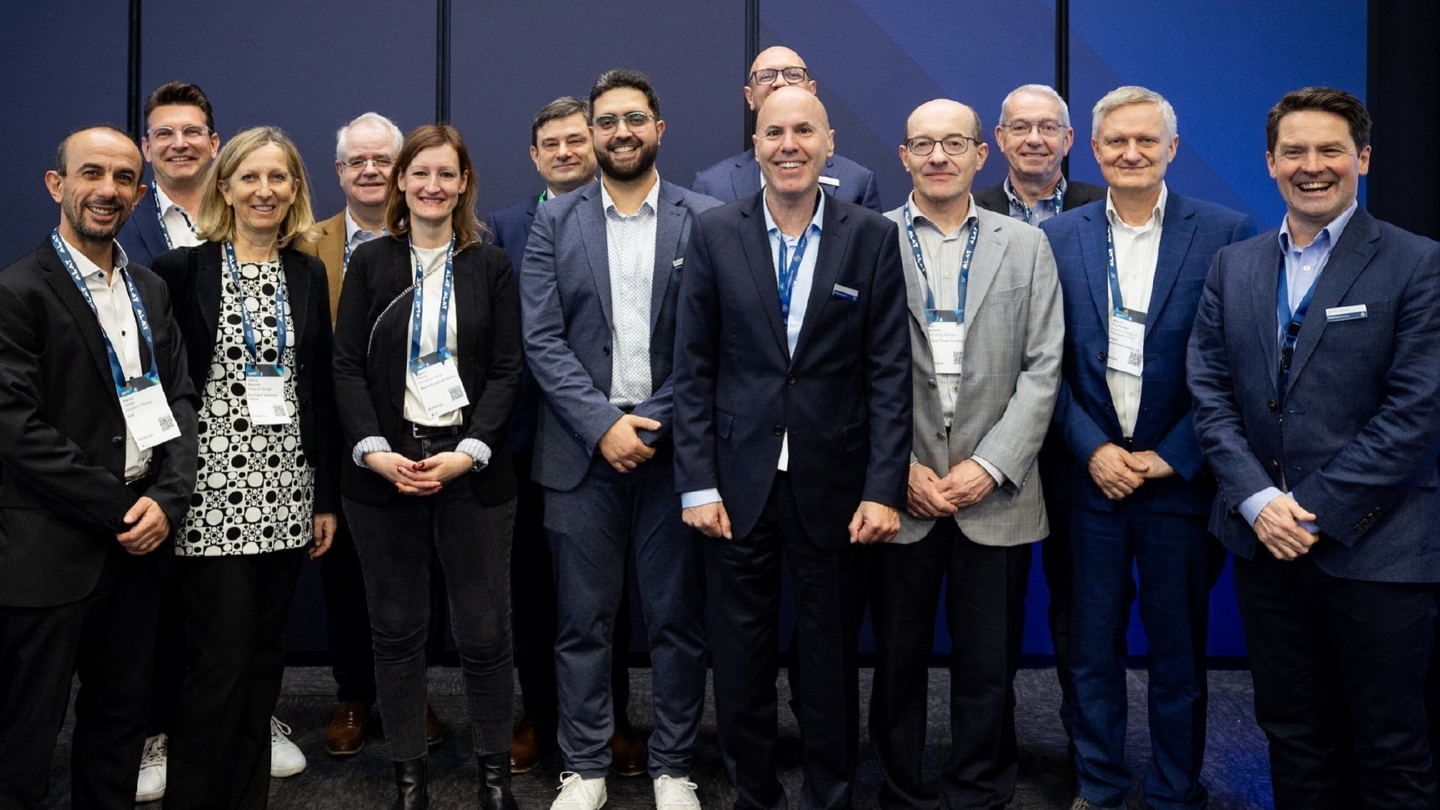The broadcast industry is undergoing a significant transformation, driven by the need for greater economic efficiency and the advent of new technologies such as private 5G. As the demand for content continues to surge, budget constraints and the pressure to do more with less have become central concerns for decision-makers. In this evolving landscape, the industry must embrace innovative solutions that not only enhance efficiency but also ensure scalability and adaptability. Jean-Marc Racine, Chief Product Officer at Haivision explains how private 5G has huge potential to transform the landscape.
Economic efficiency is a very real executive concern in today’s broadcast industry. While technological advancements often dominate discussions, the reality is that budget owners and decision-makers are more focused on maximising the benefits derived from their investments. With a fixed amount of money to spend each year, they must deliver more content, cover more events, and reach more audiences without the proportionate increase in funding.
This emphasis on efficiency is not just about cutting costs; it is about rethinking how resources are allocated and utilised. For instance, traditional broadcast environments have historically been largely static, with dedicated equipment for specific tasks. However, the need to reconfigure workflows quickly and efficiently has become paramount. Solutions that allow for dynamic reconfiguration, such as Haivision’s broadcast contribution ecosystem, offer a way to achieve this flexibility. By integrating tools – that are all designed with a common UX that fosters operational efficiencies - broadcasters can create a more adaptable infrastructure that can handle multiple tasks without requiring a significant duplication of hardware and software solutions...
You are not signed in.
Only registered users can view this article.

Netflix expands dubbing and subtitles for TV viewers
Netflix has expanded the number of languages available for viewers to watch its films and TV shows on their TV screens.

DPP appoints tech veteran Margaret Craig to board
The DPP, the international network for media and technology, has appointed veteran tech CEO Margaret Craig to its board.
 (1).jpg)
ITV Studios acquires majority stake in Moonage Pictures
ITV Studios has acquired a majority stake in leading UK drama producer Moonage Pictures.

BBC flags AI and technology priorities in annual plan
The BBC has published its Annual Plan setting out its priorities for the next 12 months, including in areas like artificial intelligence and technology.

US judge temporarily blocks firing of Voice of America staff
A US federal judge has ordered President Trump's administration to temporarily pause its efforts to shut down international news service Voice of America.

.jpg)


